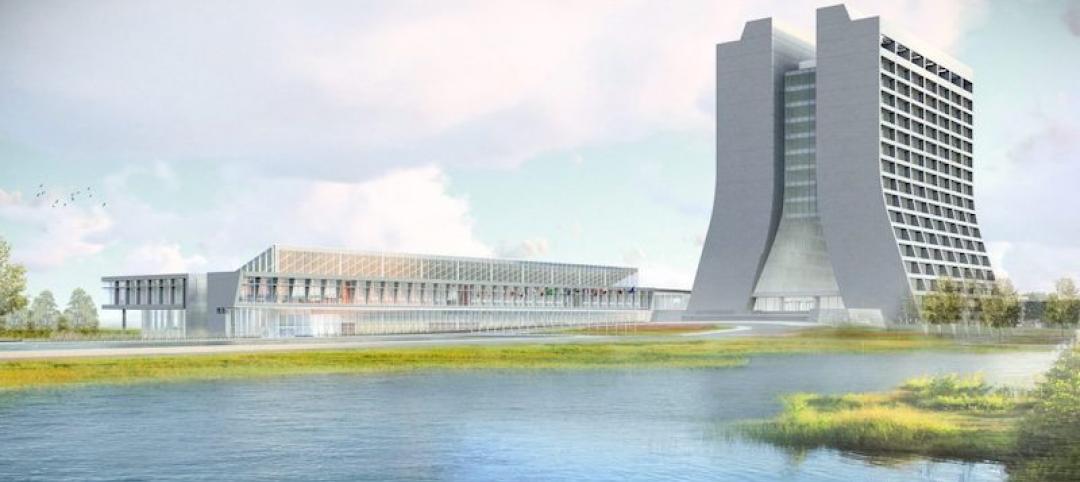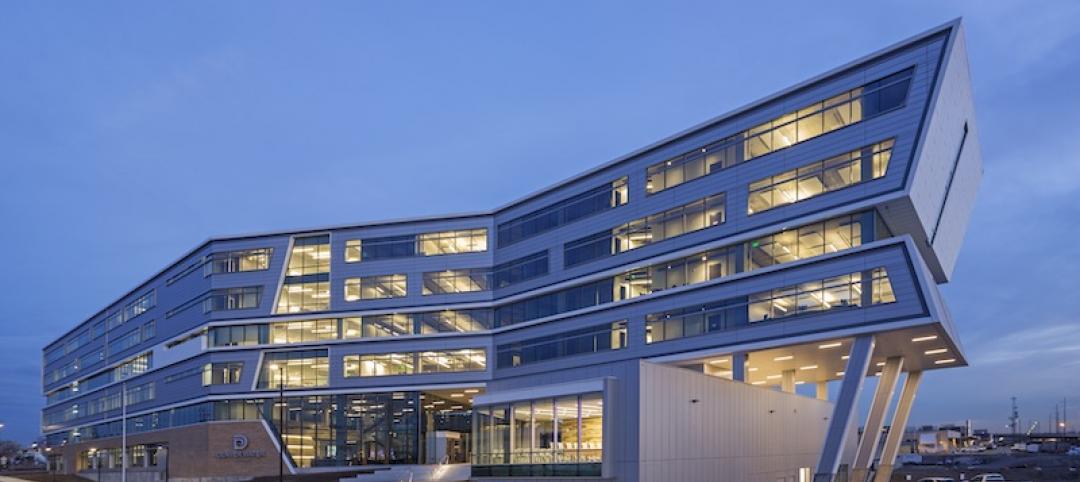The average amount of space per office worker globally has dropped to 150 square feet or less, from 225 square feet in 2010, according to a recent global survey conducted by CoreNet Global, a leading association of corporate real estate managers at large companies throughout the world. The study is part of CoreNet Global's ongoing advocacy of quality working environments and work experiences, and the group's call to action to measure quality of life per square foot.
At the same time, companies in the survey indicated that employment levels will increase in the second half of 2013—triggering a "property paradox," in which more workers are using less individual space.
The survey underscores how today's increasing mix of workers in the office and teleworking, assigned to team and individual projects, along with the rapid emergence of space-on-demand, co-working and other 'third places,' is combining to enable the balance of less space per office worker while more jobs are added.
Because of these fast-changing trends, CoreNet Global continues to advocate that companies create and implement workplace strategies that are integrated with the goals and business plans of the enterprise and that address the needs of employees and the type of work that is being performed.
Nearly two-thirds of companies responding to the survey report the average space per person is currently 150 square feet or less. Slightly over half of the respondents project an average of 100 square feet or less per worker as the norm in five years.
A leading factor is the monumental shift among corporate offices toward open space floor plans with fewer assigned cubes and assigned individual offices. In the survey, more than 80 percent of the respondents said their company has moved in this direction.
However, that trend too, may be reaching an endpoint. In the survey, 43 percent of the respondents say that they now have more collaborative space, than heads-down, private space where employees can focus. And that might be a problem: one-half of the respondents either agreed or said they were not sure if companies in general are over-building collaborative space at the expense of focus work and privacy (31 percent agreed; 19 percent not sure).
Also in the survey, nearly 60 percent projected increases in employment at their companies during the second half of 2013, only 11 percent projected a decrease.
"Through this survey, and anecdotally, we are hearing of a 'collaborative space bubble,'" said Richard Kadzis, Vice President, Strategic Communications for CoreNet Global. "Just as we have escaped the 'cube farms of Dilbertville,' some employees may start to feel that the open-space pendulum has swung too far, at the expense of a worker's ability to concentrate without interruption or distraction."
Multiple variables come into play, including the corporate brand, corporate culture, technological capabilities of the company, nature of the work performed, and cost. "We advocate that corporate real estate and workplace executives approach workplace management as a holistic practice starting at the C-suite level," Kadzis added.
"Workplace strategy is no longer a singular function of real estate, but a product of taking into account the needs and demands of the business, and how real estate should work with human resources, information technology, finance and other support functions to support overall organizational planning," Kadzis said.
The survey reveals how more than two-thirds of companies have instituted integrated workplace strategies.
About CoreNet Global
With more than 7,900 members, CoreNet Global is the world's premier association for corporate real estate (CRE) and workplace professionals, service providers, and economic developers. For more information, visit www.corenetglobal.org.
Related Stories
Giants 400 | Dec 3, 2020
2020 Government Sector Giants: Top architecture, engineering, and construction firms in the U.S. government buildings sector
HNTB, Jacobs, and Turner top BD+C's rankings of the nation's largest government sector architecture, engineering, and construction firms, as reported in the 2020 Giants 400 Report.
Government Buildings | Nov 25, 2020
New Indiana Toll Road headquarters creates unified environment for staff
New LEED Gold facility consolidates operations for tollway authority.
Government Buildings | Nov 13, 2020
Tax shortfalls nip government projects in the bud
Federal contracts are proceeding, but states and cities are delaying, deferring, and looking for private investment.
AEC Tech | Nov 12, 2020
The Weekly show: Nvidia's Omniverse, AI for construction scheduling, COVID-19 signage
BD+C editors speak with experts from ALICE Technologies, Build Group, Hastings Architecture, Nvidia, and Woods Bagot on the November 12 episode of "The Weekly." The episode is available for viewing on demand.
Smart Buildings | Oct 26, 2020
World’s first smart building assessment and rating program released
The SPIRE Smart Building Program will help building owners and operators make better investment decisions, improve tenant satisfaction, and increase asset value.
Government Buildings | Sep 14, 2020
Latest addition to Fermilab campus about to begin construction
Lots of natural light and hybrid labs will distinguish the new Integrated Engineering Research Center.
Giants 400 | Aug 28, 2020
2020 Giants 400 Report: Ranking the nation's largest architecture, engineering, and construction firms
The 2020 Giants 400 Report features more than 130 rankings across 25 building sectors and specialty categories.
Healthcare Facilities | Aug 13, 2020
New VA care center showcases the agency’s P3 approach to financing healthcare facilities
Clinic programming enhances patient privacy.
Sustainability | Aug 11, 2020
Sustainability is key for Denver Water’s modernized campus and distribution system
The utility is showcasing a new admin building and a water reuse plan that’s a first for the state.
Cultural Facilities | Jun 19, 2020
A new ULI report chronicles the depaving of America
Fifteen examples of how parks and green spaces emerged from parking lots, garages, and underpasses.

















